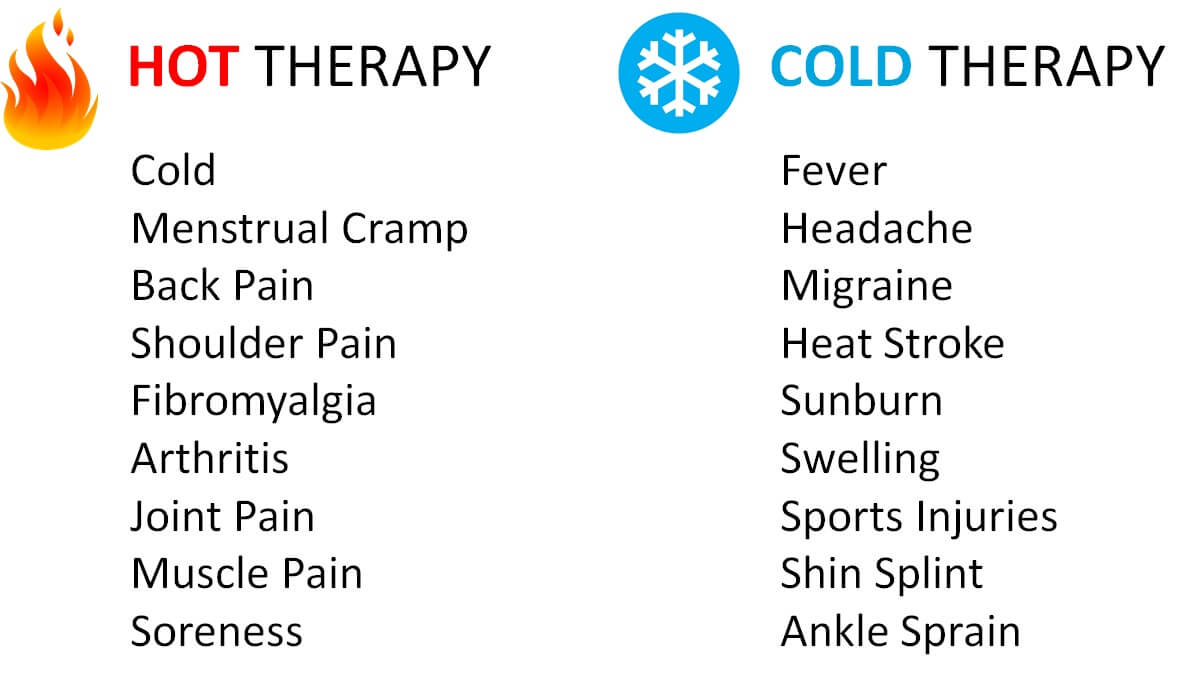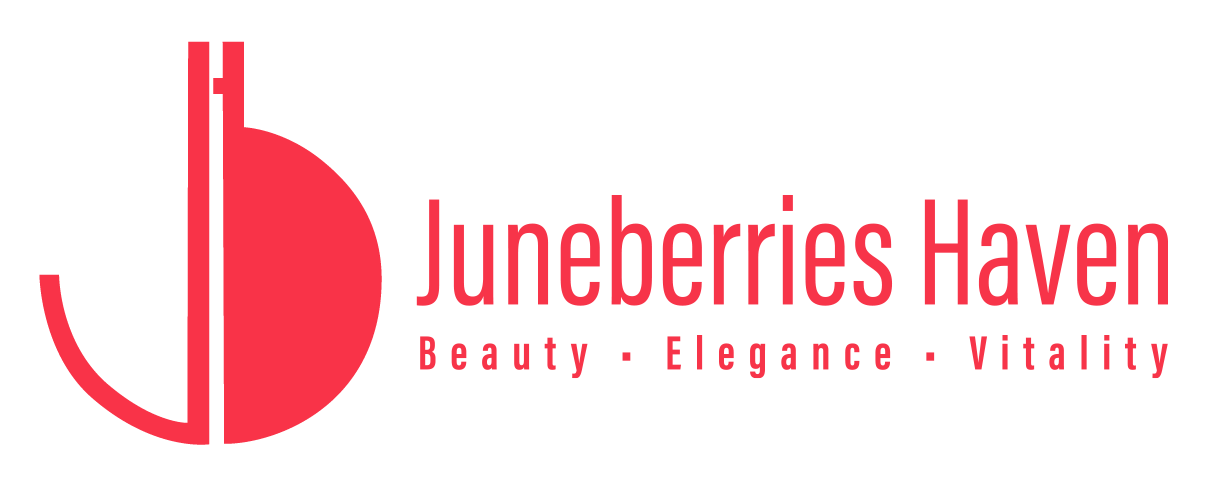6 Natural Ways to Reduce Pain and Start Healing June 25, 2019 – Posted in: Lifestyle – Tags: essential oils, fashy
Prescription medication and over-the-counter pain relief medicines such as ibuprofen and acetaminophen are effective but long-term use may be addictive and can cause side effects. We think the best way to relieve pain is to use natural remedies.
Wisdom as Old as Nature
Hot and Cold therapies are ancient remedies providing pain relief and healing. Without invasive procedures or dangerous drugs, heat dilates blood vessels bringing needed nourishment and quickly removes toxic waste. Cold constricts blood vessels, calms muscle spasms, reduces inflammation and pain. Other natural remedies include the use of essential oils and herbs, acupuncture and yoga.
Sometimes just natural remedies alone may not work for all conditions, especially those severe ones. It is best to consult a doctor and discuss how to best combine medication with natural remedies.
1. Hot Therapy
Basic hot therapy, or thermotherapy can involve the use of a hot water bottle, pads that can be heated in a microwave, or a warm bath.
When applying heat to an inflamed area, it will dilate the blood vessels, promote blood flow, and help sore and tightened muscles relax.
Improved circulation can help eliminate the buildup of lactic acid waste, which occurs after some types of exercise. Heat is also psychologically reassuring, which can enhance its analgesic properties. Hot therapy is usually more effective than cold at treating chronic muscle pain or sore joints caused by arthritis.
2. Cold Therapy
For cold therapy, or cryotherapy, a water bottle filled with cold water, a pad cooled in the freezer, or cool water can be used.
When used as cold treatment, it can help treat a swollen and inflamed joint or muscle. It is most effective within 48 hours of an injury.
It slows the rate of inflammation and reduces the risk of swelling and tissue damage. It also numbs sore tissues, acting as a local anaesthetic, and slows down the pain messages being transmitted to the brain.
The chart below shows when you can apply hot or cold therapy:

3. Alternating Hot & Cold Therapy
In some cases, alternating hot and cold may help, as it will greatly increase blood flow to the injury site. The above photo shows a Fashy Neck & Shoulder Wrap (with gel beads), which can be used hot by heating it in a microwave, or cold by putting it into the fridge or freezer.
4 simple tips to help you decide when to use hot or cold therapy :
- Use Cold Therapy immediately after an injury to reduce inflammation.
- Do not use Cold Therapy on stiff muscles or joints.
- Use Hot Therapy to relax/sooth sore muscles or to increase range of motion.
- Do not use Hot Therapy on an injury that is already warm to the touch
4. Using Essential Oils and Herbs
People have used essential oils and herbs as natural pain relievers for hundreds of years. Researchers have not fully explored these options but evidence suggests that these remedies can help and that many people find them useful.
Essential oils and herbs are natural plant products, most of which possess antioxidant, antibacterial, antifungal and anti-inflammatory properties.
How do essential oils work? Essential oils and their components are rapidly absorbed through the skin and are detectable in plasma after topical application. Therefore, topical dermal delivery of essential oils represents an effective method to directly provide a natural, anti-inflammatory agent to the site of inflammation.
How do herbs work? Multiple documented studies show that herbs help the human body regain its equilibrium by providing support to the immune and other systems. For example,
Arnica Montana is a traditional medicinal plant used for bruises, sprains and strains. It is thought that specific components of Arnica work at a cellular level to change the processes occurring in specific white blood cells (neutrophils) and also in liver cells, producing these anti-inflammatory effects. It also seems to improve circulation in the tissues where it is applied, and strengthening the blood vessels.
5. Acupuncture
Acupuncture is an alternative therapy that advocates believe can help reduce pain. Recent research also supports these beliefs.
The National Centre for Complementary and Integrated Health (NCCIH) of USA state that acupuncture can help with certain types of pain, including low back pain, neck pain and osteoarthritis or knee pain.
6. Yoga
Yoga may offer a way to manage pain naturally. Managing back pain often includes stretching and physical therapy. Yoga provides this.
It incorporates breathing exercises, self-care and relaxation methods, so practising yoga my relieve pain related to stress or anxiety.
Although some studies have shown that yoga can help conditions, such as arthritis and fibromyalgia, but NCCIH states that there is not enough evidence.
References:
https://www.fashy.de/en/warmth-and-wellbeing/
https://www.medicalnewstoday.com/articles/324572.php

